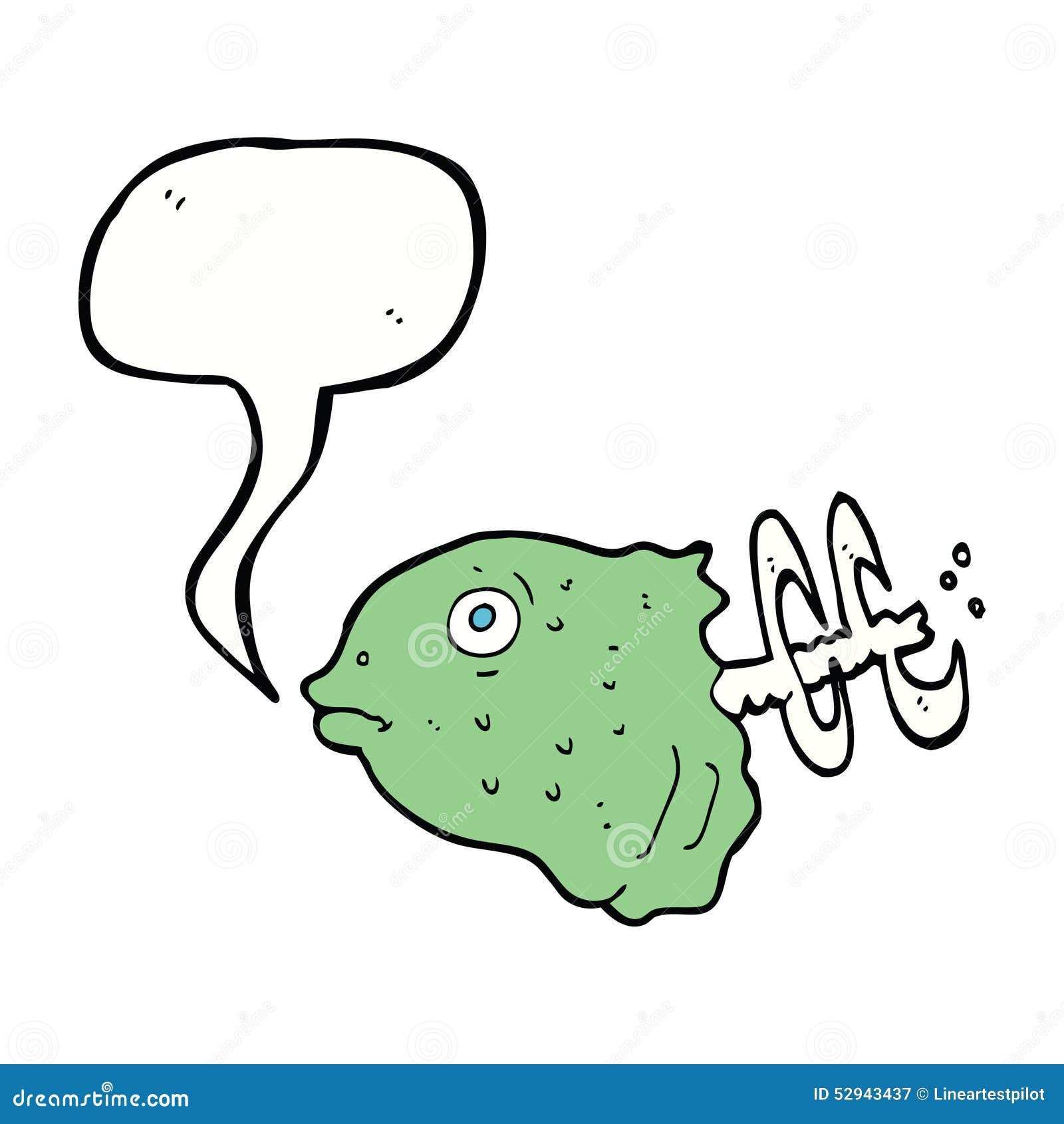
What distinguishes “Storytime” is its cheerily irreverent approach to every aspect of the craft: a visual style built from moving cutouts sketches tied together by only the loosest stream-of-consciousness threads self-referential intertitles that rudely interrupt the narrative… In short, Pythonesque humor before the Pythons.
#Cartoon fish heads series#
Ignore the title: What’s going on here storywise is almost beside the point (if we tell you that the film culminates with the Three Wise Men being chased through a series of Christmas cards, you’ll get the idea). for the U.K., of which “Storytime,” his debut, is the best. But few are aware of the handful of shorts that he made before leaving the U.S. Those who’ve seen his contributions to Monty Python’s Flying Circus won’t need to be convinced of his genius as an animator. Those who know Terry Gilliam via his live-action features will have detected a strong current of cartoonish mischief running through his films. It’s also proof that Uncle Walt was more than just the suave businessman from Saving Mr.

But it’s nonetheless a groundbreaking work, which set the tone for everything from “Tom and Jerry” to “The Itchy & Scratchy Show” (who repaid the debt of influence with a hilarious parody). Today “Steamboat Willie” appears insensitive in its depiction of animal abuse (animals are used as musical instruments). And so the seeds for Disney’s hummable song-and-dance numbers were sown.

For want of dialogue or an engaging plot, music-whistling, drumming, mooing and a whole lot of toe-tapping-is what drives “Steamboat Willie” forward (hardly surprising, given that it was the first cartoon to use fully synchronized sound). Before he acquired vocal cords and became the greatest cultural icon on earth, Mickey Mouse was a humble sailor who inhabited a world where everyone was unflaggingly chirpy and everything was a potential musical instrument.


 0 kommentar(er)
0 kommentar(er)
